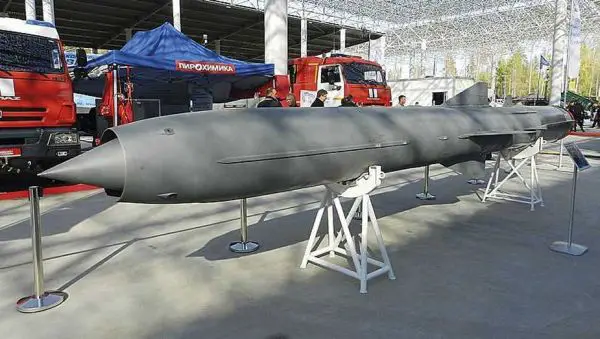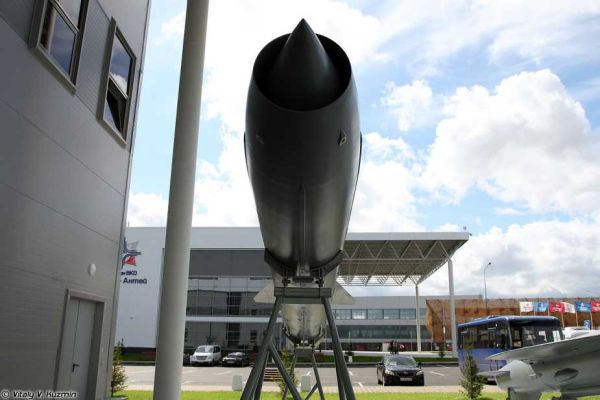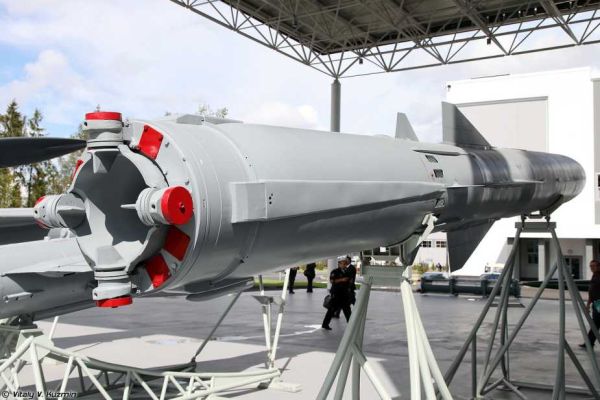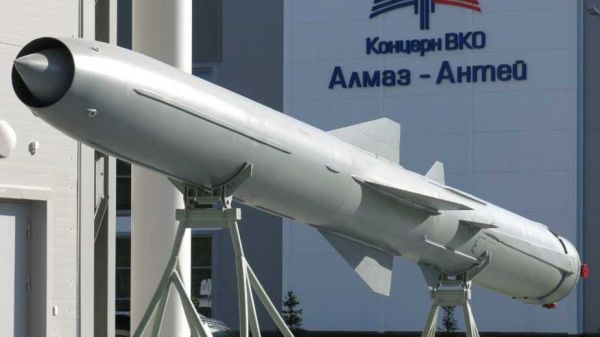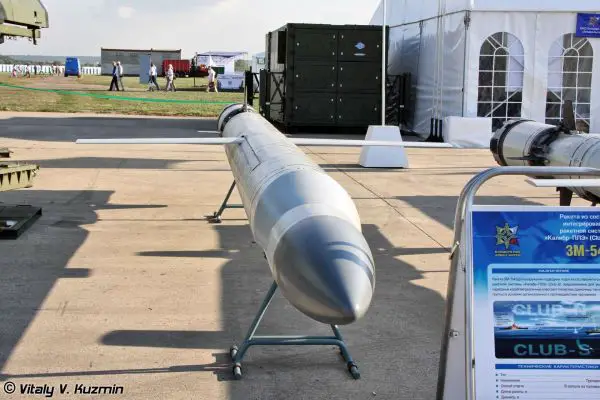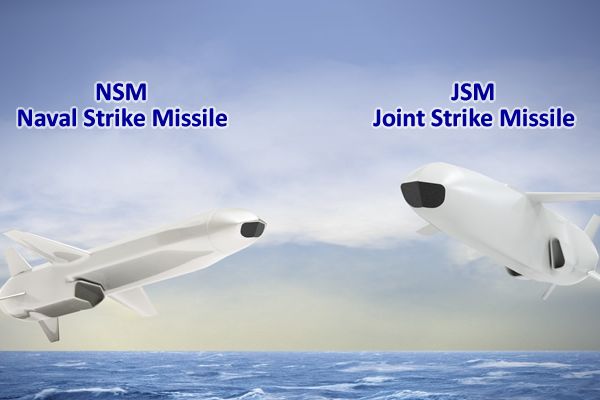Missiles.
P-800 Oniks 3M55 Yakhont SS-N-26 Strobile.

The P-800 Oniks 3M55, also known by its NATO designation SS-N-26 "Strobile," is a Russian supersonic cruise missile developed by NPO Mashinostroyeniya. Designed as a multi-role weapon, it can function as an anti-ship, land-attack, submarine, cruise, air, and surface-to-surface missile. This missile represents the pinnacle of Russian cruise missile technology and has been in service since 2002.
Country users: India, Indonesia, Russia, Syria, Vietnam
Description
The P-800 Oniks 3M55, also known by its NATO designation SS-N-26 "Strobile," is a Russian supersonic cruise missile developed by NPO Mashinostroyeniya. Development of the P-800 Oniks 3M55 began in 1987 under the Soviet Union, with the aim of creating a state-of-the-art missile capable of neutralizing high-value naval assets such as aircraft carriers and heavily defended warships. The missile underwent extensive testing during the early 1990s, culminating in its first operational deployment in 2002 aboard Nakat-class missile ships. In 1999, export-oriented versions known as the Yakhont and Yakhont-M were developed, offering ground-launched and air-launched capabilities for foreign clients.
The Oniks was designed to fulfill a variety of missions, including anti-ship operations, precision land strikes, and surface-to-surface combat. The integration of advanced guidance systems, high-speed propulsion, and modular launch platform compatibility enhances its versatility. By 2015, the missile was deployed on the Bastion-P coastal defense system, providing Russia with a highly mobile land-based platform for area denial and strategic defense.
A key development milestone in the P-800 program was its adaptation into the BrahMos cruise missile, a joint venture between Russia and India. Established in 1998, BrahMos Aerospace Ltd adapted the Yakhont design into a successful line of missiles tailored for Indian and international markets. This collaboration underscores the technological impact of the P-800 Oniks on global missile development.
Manufactured by NPO Mashinostroyeniya, the P-800 remains in active production, with an estimated unit cost of $1.25 million. Its combat effectiveness has been demonstrated in multiple conflicts, including the Syrian Civil War and the 2022 Russian invasion of Ukraine. Capable of deployment from naval vessels, submarines, coastal systems, and fixed-wing aircraft, the P-800 Oniks is a core component of Russia's missile arsenal.
P-800 Oniks variants:
- P-800 Oniks (Domestic Version): The original Russian version designed for the Armed Forces of Russia, featuring a range of up to 600 kilometers and advanced guidance systems for high-precision targeting.
- Yakhont (Export Version): A ground-launched and naval export variant with reduced range (120–300 kilometers) to comply with Missile Technology Control Regime (MTCR) restrictions.
- Yakhont-M (Air-Launched Variant): An air-launched variant designed for fixed-wing aircraft, providing enhanced versatility for export customers.
- Oniks-M: An extended-range upgrade of the P-800 with a reported range of up to 800 kilometers, improved guidance systems, and modernized electronics for increased efficiency and effectiveness.
- BrahMos: A derivative developed jointly by Russia and India under BrahMos Aerospace Ltd. It features increased operational flexibility, multiple launch platform compatibility, and variants for land, sea, air, and submarine deployment.
- Bastion-P System (Ground-Launched Platform): A mobile coastal defense system using the P-800 Oniks missiles for area-denial missions, capable of engaging naval and land-based targets from ground-based launchers.
Technical Data
-
Design
The P-800 Oniks is a robust missile characterized by its aerodynamic design and modular configuration. The missile is 8.3 meters long in its anti-ship variant, while its surface-to-surface variants are slightly longer at 8.6 meters. The missile's diameter remains consistent across all versions at 670 millimeters, with a launch weight of approximately 3,000 kilograms. It is equipped with stabilizing fins and a rocket booster for initial propulsion.
The missile operates in two distinct flight profiles: a high-altitude trajectory, allowing it to reach up to 14 kilometers, and a low-altitude trajectory, maintaining an altitude of 10 to 15 meters during its terminal approach to avoid detection.
-
Warheads
The P-800 Oniks supports multiple warhead configurations to adapt to its mission requirements. Its domestic versions feature a semi-armor-piercing warhead weighing 250 kilograms, capable of penetrating heavily armored targets such as warship hulls. Export variants, including the Yakhont, typically use a 200-kilogram high-explosive warhead. Both warhead types ensure devastating effects against naval and ground-based targets.
-
Propulsion
The P-800 is powered by a kerosene-fueled ramjet engine, which becomes active after the initial boost provided by a solid-fuel rocket stage. This propulsion system allows the missile to achieve speeds of up to Mach 2.2 (approximately 750 m/s) during high-altitude flight. When operating at lower altitudes or in its terminal phase, the missile achieves a maximum speed of Mach 2 (680 m/s).
The missile's range depends on its flight profile. In a high-altitude trajectory, it can reach 300 kilometers, while in a low-altitude sea-skimming mode, its range is reduced to 120 kilometers.
-
Guidance Systems
The P-800 Oniks employs a dual-mode guidance system combining an inertial navigation system for mid-course guidance with an active radar seeker for terminal homing. The missile also features a passive radar seeker to locate and target emitting radar systems.
In 2002, the missile’s terminal seeker was upgraded to include both an active radar seeker and an imaging infrared (IIR) seeker, greatly enhancing its precision and ability to engage small, moving, or low-contrast targets. This system provides the missile with a circular error probable (CEP) of approximately 1.5 meters, ensuring pinpoint accuracy.
-
Combat Use
The P-800 Oniks has been extensively deployed across multiple platforms, including naval ships, submarines, fixed-wing aircraft, and land-based systems like the Bastion-P. In combat scenarios, the missile is launched from its platform and boosted to altitude by its rocket stage. The ramjet then takes over, propelling it to supersonic speeds. During the terminal phase, the missile descends to 10-15 meters, employing a sea-skimming approach to evade enemy radar and missile defenses.
The missile’s versatility effectively engages naval formations, amphibious assault groups, and land-based infrastructure. Its high speed, low-altitude capabilities, and advanced evasive maneuvers ensure a high probability of success against even advanced air defense systems.
The P-800 Oniks has demonstrated its combat reliability in conflicts such as the Syrian Civil War and the 2022 Russian invasion of Ukraine, further solidifying its reputation as a potent and versatile weapon. Its innovative design continues to influence modern cruise missile development worldwide, underscoring its place as a cornerstone of Russian missile technology.
Specifications
-
Type
Supersonic anti-ship cruise missile
-
Country users
India, Indonesia, Russia, Syria, Vietnam
-
Designer Country
Russia / India
-
Engine
- Rocket booster for initial acceleration
- Ramjet engine powered by kerosene for sustained supersonic flight -
Range Missile
-Domestic Oniks: Up to 300 kilometers (186 miles) in high-altitude trajectory; 120 kilometers (75 miles) in low-altitude sea-skimming mode
- Export Yakhont: 120–300 kilometers, depending on flight profile
- Oniks-M (extended range): 800 kilometers (500 miles) -
Speed missile
- Mach 2.2 (750 m/s) at high altitudes
- Mach 2 (680 m/s) at low/terminal altitudes -
Guidance Systems
- Midcourse inertial navigation system
- Active radar seeker for terminal guidance
- Passive radar seeker for homing on emitting targets
- Imaging infrared (IIR) seeker in updated variants (post-2002) -
Launch Weight
3,000 kg (6,614 pounds)
-
Launchers
- Naval ships (vertical and inclined launch systems)
- Submarines (torpedo tube or vertical launch)
- Fixed-wing aircraft (air-launched variant: Yakhont-M)
- Bastion-P coastal defense system (ground-launched) -
Dimensions
Length: 8.6 m; Diameter: 0.67 m; Wingspan: 1.7 m



























